1、 Selection principles for industrial hydraulic motors
The selection of industrial hydraulic motors is a complex and crucial process that directly determines the performance and reliability of hydraulic systems. When selecting, our first consideration is the torque and speed requirements. Different application scenarios have different requirements for the output torque and speed of hydraulic motors. Therefore, we need to determine the required torque and speed range based on specific operating conditions, such as load size, motion mode, etc. In addition, work pressure and flow rate are also important factors that must be considered when selecting. The working pressure of the hydraulic motor should match the working pressure of the system to ensure that the motor can work normally, and the flow rate should also meet the system requirements to ensure the stable operation of the motor.
In the selection process, we also need to pay attention to physical space limitations. The size and shape of hydraulic motors may be limited by installation space, so when choosing a motor, we need to ensure that it can adapt to the available space in the system and consider installation options and connection methods. Meanwhile, environmental conditions are also an undeniable factor. Hydraulic motors need to operate under specific temperature and humidity conditions, and have a certain degree of dust and corrosion resistance to ensure their long-term stable operation.
In addition to the above factors, controllability and efficiency are also key considerations when selecting. Hydraulic motors require precise control to meet application requirements, and their efficiency is also an important indicator for evaluating motor performance. Choosing high-efficiency hydraulic motors can reduce energy consumption and heat generation, and improve the overall efficiency of the system.
Cost and maintenance requirements are also factors that must be considered when selecting. We need to choose cost-effective hydraulic motors based on budget constraints and consider the maintenance needs of the motors, selecting motors that are easy to maintain and upkeep to reduce overall operating costs.
2、 Accurately match hydraulic motors according to working conditions and requirements
Torque and speed requirements:
Torque and speed are two core parameters in the selection of hydraulic motors. Different application scenarios have different requirements for the torque and speed of hydraulic motors. For example, in heavy machinery such as excavators, loaders, etc., hydraulic motors are required to provide high torque to drive the working devices for heavy-duty operations; In high-speed equipment such as injection molding machines and textile machines, hydraulic motors need to have the ability to operate at high speeds to improve production efficiency.
When choosing a hydraulic motor, we need to determine the required torque and speed range based on the operating conditions. At the same time, it is also necessary to consider the load characteristics of hydraulic motors, such as starting torque, continuous working torque, and peak torque. The starting torque refers to the torque required by a hydraulic motor at the moment of starting, which determines whether the motor can start smoothly; Continuous working torque refers to the torque required by a hydraulic motor during long-term continuous operation, which determines the stability and reliability of the motor; Peak torque refers to the torque required by a hydraulic motor during instantaneous load changes, which determines the motor's response speed and adaptability.
In order to ensure that the hydraulic motor can meet the working conditions, we need to make precise matching when selecting. By comprehensively considering the characteristics of working conditions, load characteristics, and performance parameters of hydraulic motors, we can select the hydraulic motor that is most suitable for specific applications.
Work pressure and flow rate:
Working pressure and flow rate are two other important parameters in the selection of hydraulic motors. They determine the working ability and performance of hydraulic motors.
Working pressure refers to the pressure that a hydraulic motor needs to withstand during operation. Different hydraulic motors have different working pressure ranges, so when selecting, we need to ensure that the working pressure of the selected hydraulic motor matches the working pressure of the system. If the working pressure of the system exceeds the bearing range of the hydraulic motor, it will cause motor damage or performance degradation.
Flow rate refers to the hydraulic oil flow rate required by a hydraulic motor during operation. It determines the speed and output power of the hydraulic motor. When choosing a hydraulic motor, we need to determine the required motor displacement based on the system's flow requirements. At the same time, it is necessary to consider the volumetric efficiency and overall efficiency of the hydraulic motor to ensure that the motor can efficiently convert hydraulic energy into mechanical energy.
In order to ensure that the working pressure and flow rate of the hydraulic motor match the system requirements, we need to make precise measurements and calculations when selecting. By comprehensively considering the working pressure, flow requirements, and performance parameters of the hydraulic motor, we can select the hydraulic motor that is most suitable for a specific system.
Physical space limitations:
In the selection process of hydraulic motors, physical space limitations are an undeniable factor. The size and shape of hydraulic motors may be limited by installation space, so when choosing a motor, we need to ensure that it can adapt to the available space in the system.
We need to measure the size and shape of the installation space to determine the maximum size limit of the hydraulic motor. At the same time, it is also necessary to consider the installation and connection methods of the motor to ensure that it can be easily installed into the system. For example, in some applications, it may be necessary to install hydraulic motors in compact spaces, and in this case, we need to choose motors with smaller sizes and compact structures.
When selecting, we also need to consider the weight and center of gravity position of the hydraulic motor. Excessive weight can increase the difficulty of installation and transportation, while an unreasonable center of gravity position may cause the motor to vibrate and make noise during operation. Therefore, when choosing a hydraulic motor, we need to comprehensively consider factors such as its size, shape, weight, and center of gravity position to ensure that it can adapt to the physical space limitations in the system.
Environmental conditions:
Environmental conditions also have a significant impact on the selection of hydraulic motors. Hydraulic motors need to operate under specific temperature and humidity conditions, and have certain dust and corrosion resistance capabilities.
We need to consider the operating temperature range of the hydraulic motor. Different hydraulic motors have different operating temperature limits, and if the operating temperature is too high or too low, it will cause a decrease in motor performance or damage. Therefore, when selecting, we need to ensure that the operating temperature range of the selected hydraulic motor matches the operating temperature of the system.
Humidity is also a factor that needs to be considered. In humid environments, hydraulic motors may be affected by corrosion and moisture, leading to a decrease in their performance. Therefore, we need to choose hydraulic motors with moisture-proof and corrosion-resistant capabilities.
Dust resistance is also one of the factors to consider when selecting. In dusty environments, hydraulic motors may be contaminated and worn by dust, leading to a shortened lifespan. Therefore, we need to choose hydraulic motors with dust-proof capabilities to ensure their stable operation in harsh environments.
Controllability and efficiency:
Controllability and efficiency are two other key factors in the selection of hydraulic motors. They determine the handling performance and energy utilization efficiency of hydraulic motors.
Controllability refers to the ability of a hydraulic motor to accurately control its output torque, speed, power, and other parameters. When selecting, we need to determine the required control accuracy and response speed based on the application requirements. For example, in situations that require precise control, such as precision machining equipment, robots, etc., we need to choose hydraulic motors with high controllability; In situations that require quick response, such as heavy machinery like excavators and loaders, we need to choose hydraulic motors with fast response capabilities.
Efficiency refers to the ability of a hydraulic motor to convert hydraulic energy into mechanical energy. When choosing a hydraulic motor, we need to consider its volumetric efficiency and overall efficiency. Volume efficiency refers to the ratio of the actual output flow rate to the theoretical input flow rate of a hydraulic motor during operation; The overall efficiency refers to the ratio of the actual output power of the hydraulic motor to the theoretical input power during operation. In order to improve the overall efficiency of the system, we need to choose hydraulic motors with high volumetric efficiency and overall efficiency.
In order to ensure the controllability and efficiency of hydraulic motors meet application requirements, we need to conduct precise measurements and calculations during selection. By comprehensively considering factors such as application requirements, control accuracy, response speed, and performance parameters of hydraulic motors, we can select the hydraulic motor that is most suitable for a specific application.
Cost and maintenance requirements:
Cost and maintenance requirements are one of the factors that must be considered in the selection of hydraulic motors. They determine the economy and maintainability of hydraulic motors.
When selecting, we need to choose cost-effective hydraulic motors based on budget constraints. Different hydraulic motors have different price levels, so when choosing, we need to comprehensively consider factors such as performance parameters, price, and service life to select the hydraulic motor with the highest cost-effectiveness.
At the same time, we also need to consider the maintenance needs of hydraulic motors. Different hydraulic motors have different maintenance requirements and maintenance cycles. To ensure the long-term stable operation of hydraulic motors, we need to choose motors that are easy to maintain and upkeep, and develop corresponding maintenance plans. When choosing, we can consider choosing hydraulic motors with standardized design, easy disassembly and maintenance, as well as manufacturers that provide comprehensive after-sales service and technical support.
In order to reduce the total cost and maintenance requirements of hydraulic motors, we can also take some optimization measures when selecting. For example, by selecting hydraulic motors with high efficiency and long lifespan, the frequency of replacement and maintenance can be reduced; Reduce the difficulty of replacement and maintenance by selecting hydraulic motors with standardized interfaces; By developing a reasonable maintenance plan and maintenance cycle, the service life of hydraulic motors can be extended.
3、 Application examples of industrial hydraulic motors
Injection molding machinery:
Injection molding machinery is one of the important equipment in the plastic processing industry, which uses hydraulic motors to drive screws for plastic injection and molding. In injection molding machinery, the selection of hydraulic motors is crucial as it directly determines the performance and stability of the injection molding machine.
Injection molding machinery usually needs to work in high temperature and high pressure environments, so we need to choose hydraulic motors that can withstand high pressure and high temperature. Meanwhile, injection molding machinery also requires precise injection control and stable molding effects, therefore, we need to choose hydraulic motors with high controllability and stability.
In injection molding machinery, commonly used hydraulic motors include inclined axis axial piston motors and radial piston motors. These motors have the characteristics of simple structure, small size, light weight, and high efficiency, which can meet the requirements of injection molding machinery for torque, speed, pressure, and flow rate.
In order to ensure the stable operation and prolong the service life of injection molding machinery, we also need to regularly maintain and upkeep the hydraulic motor. For example, regularly replacing hydraulic oil, cleaning hydraulic oil tanks and filters, checking the sealing and wear of motors, etc.
a ship:
Ships are an important component of water transportation vehicles, which use hydraulic motors to drive key equipment such as servos and anchors to achieve ship maneuvering and positioning. The selection of hydraulic motors is equally crucial in ships, as it directly determines the safety and reliability of the vessel.
Ships usually need to operate in harsh sea conditions and complex navigation environments, so we need to choose hydraulic motors that can withstand high pressure, high load, and harsh environments. At the same time, ships also need to have precise maneuverability and stable navigation effects, therefore, we need to choose hydraulic motors with high controllability and stability.
In ships, commonly used hydraulic motors include inclined disc axial piston motors and cycloidal hydraulic motors. These motors have the characteristics of compact structure, high output torque, high efficiency, and strong impact resistance, which can meet the requirements of ships for torque, speed, pressure, and flow rate.
In order to ensure the safe operation of ships and extend their service life, we also need to regularly maintain and upkeep hydraulic motors. For example, regularly checking the sealing and wear of the motor, cleaning the hydraulic oil tank and filter, replacing the hydraulic oil, etc. In addition, we also need to regularly inspect and calibrate the ship's maneuvering system to ensure its accuracy and reliability.

 ENG
ENG
 English
English русский
русский Español
Español
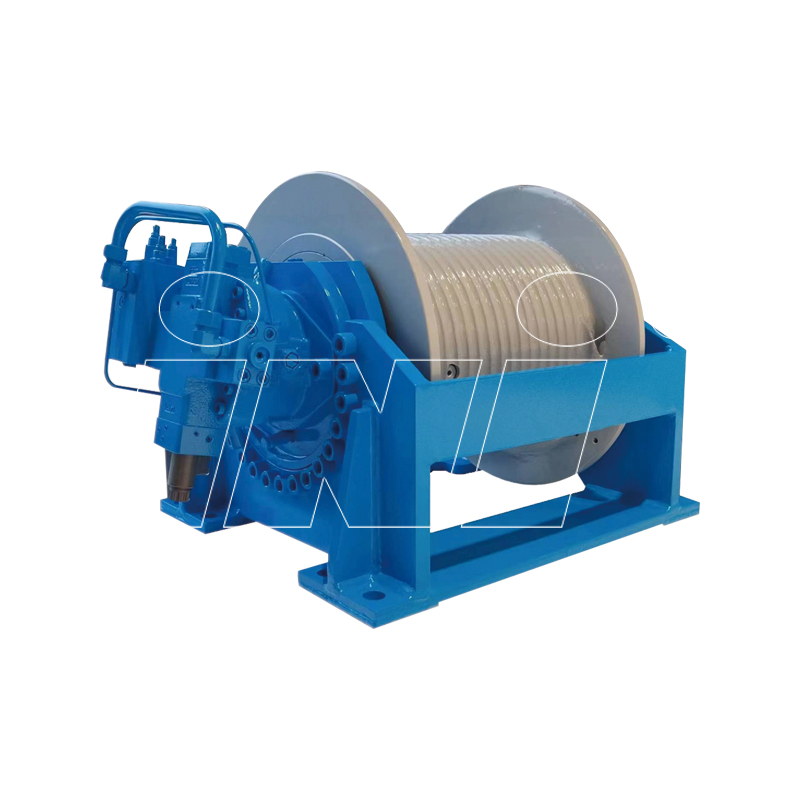
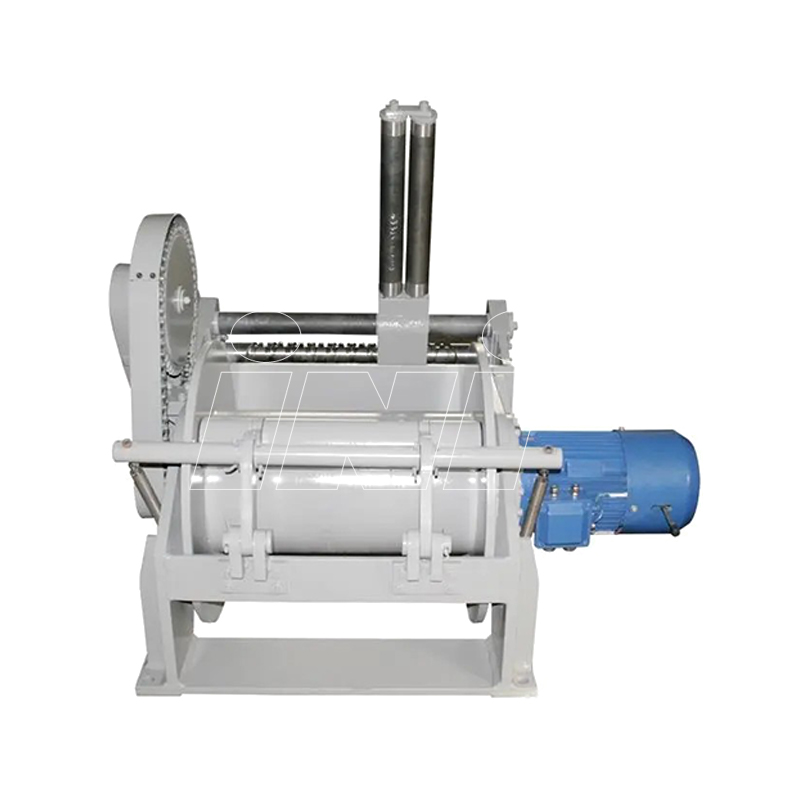
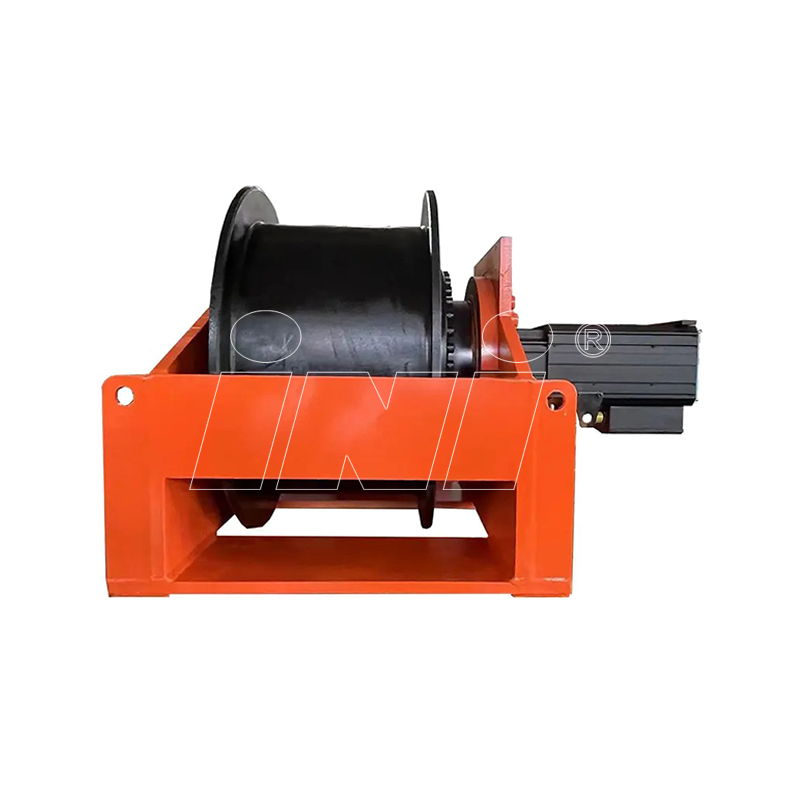

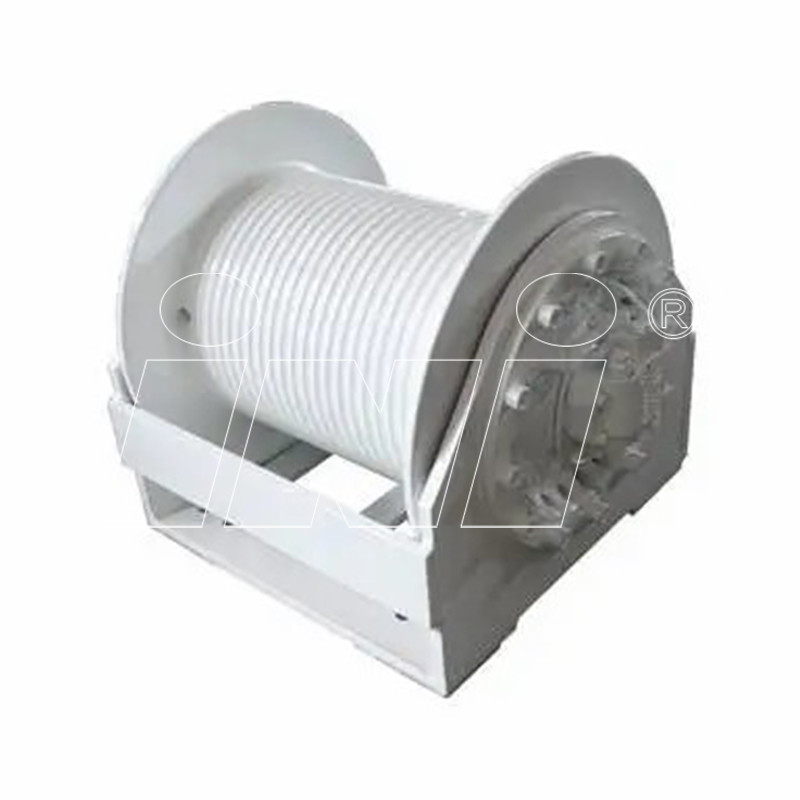
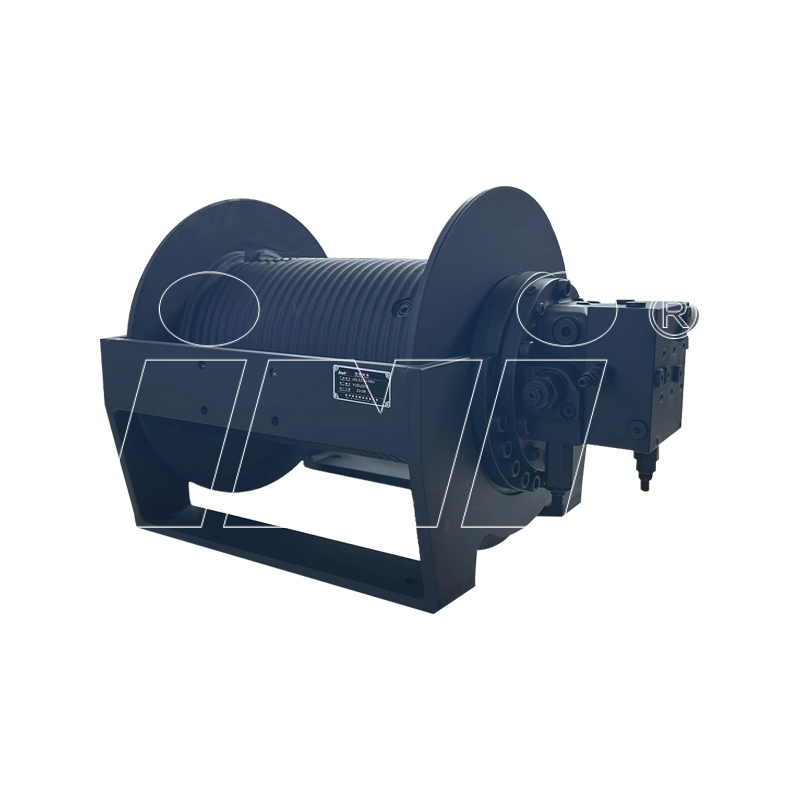
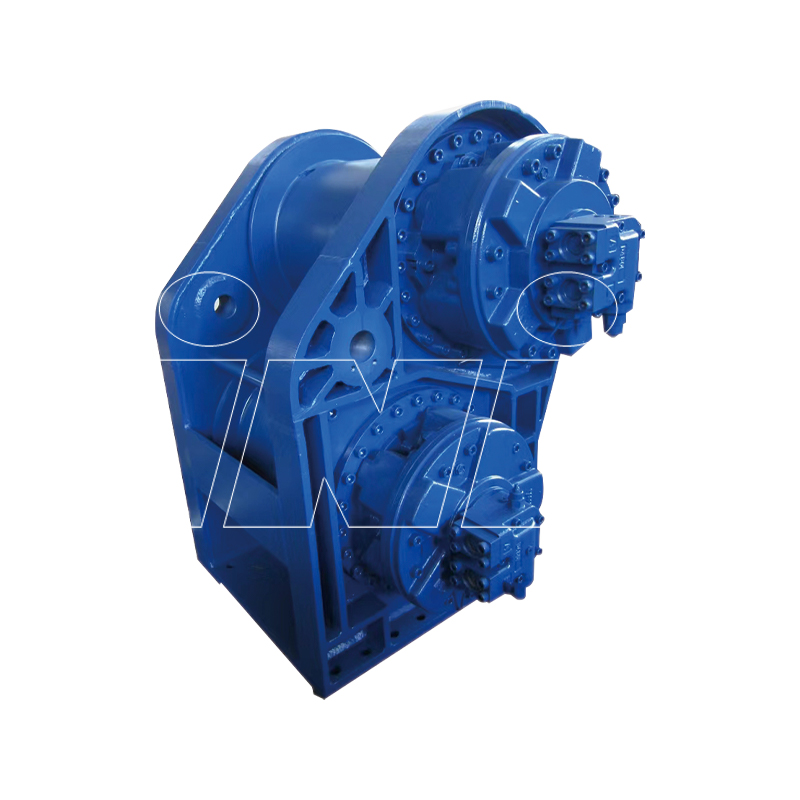

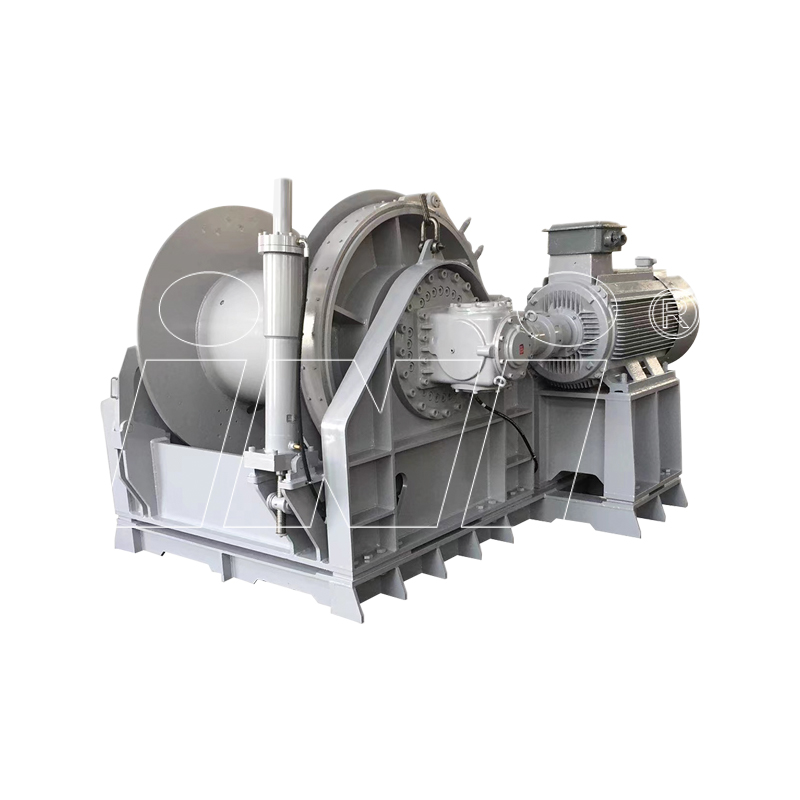





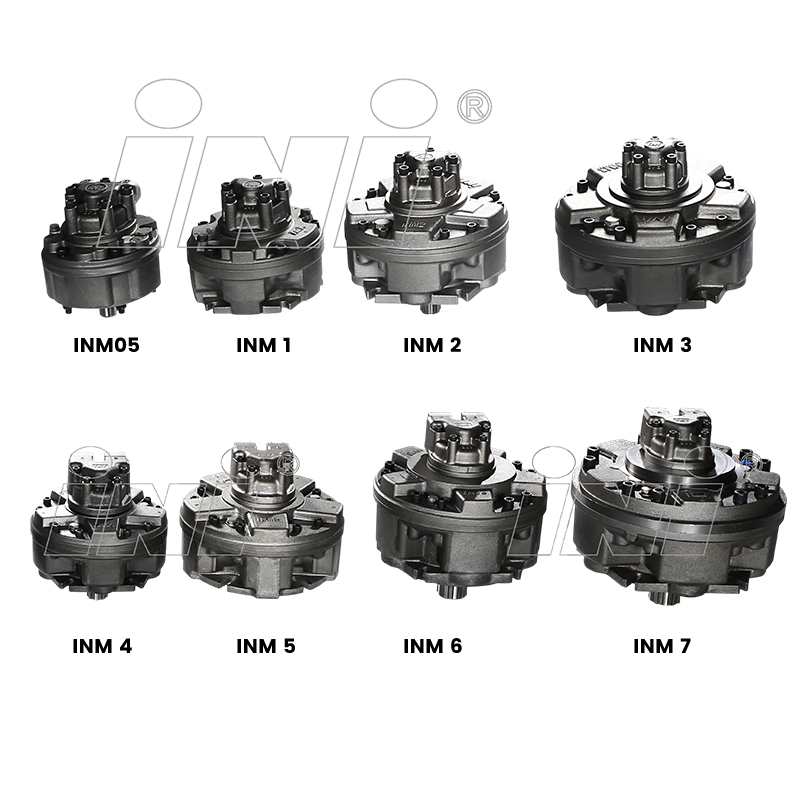

 English
English русский
русский Español
Español
 TOP
TOP